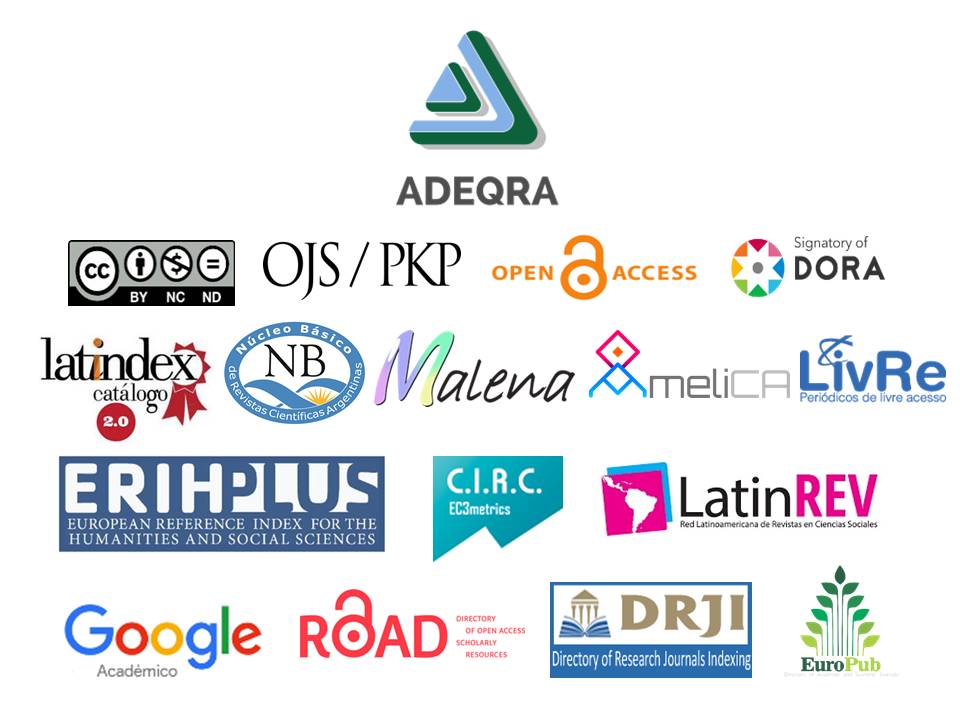Katherine Boyle, scientifc activity, gender and religion
Keywords:
chemistry, natural philosophy, gender, written textsAbstract
This article follows the trail of Katherine Boyle, Lady Ranelagh, sister of Robert Boyle, in the scientifc activity of her time by her writings. We take in to account characteristics traits of the chymistry when the Royal Society was born in London. We try to describe and explain what kind of scientifc activity was done, where the did and why and how were considerate women that perform some scientifc activity in her surroundings. Additionally we present some writings of Lady Ranelagh and we analyze the mediation of scientifc knowledge exercised by her.
References
DiMeo, M. (2009). Katherine Jones, Lady Ranelagh (1615-91) Universitat de Warwick. Recuperado el 16 de abril de 2020 de http://wrap.warwick.ac.uk/3146/1/WRAP_THESIS_DiMeo_2009.pdf
Newman, WR. (2001). Experimental Corpuscular Theory in Aristotellian Alchemy. From Geber to Sennert, in Christoph Herbert Lüthy, John Emery Murdoch, William Royall Newman (ed) Late Medieval and Early Modern Corpuscular Matter Theories, 291-329.
Hunter, L. (2005). Women and Science in the Sixteenth and Seventeenth Centuries, in Zinsser, Judit P (ed) Men, Women, and the Birthing of Modern Science. Illinois, Northern Illinois University Press.
Principe, L. (1998). The Aspiring Adept: Robert Boyle and his Alchemical Quest. Princeton, Princeton University Press, 1998), 8-10.
Shapin, S. (1988). The House of Experiment in Seventeenth-Century England. Isis, 79, 373- 404.
Solsona, N. (2010). Seguint el fl de l’Obra d’Isabella Cortese. Actes d’Història de la Ciència i de la Tècnica, 3(1) 63-77.
Solsona, N. (2013) La historia de la alquimia, textos y prácticas. Educación en la Química, 19(2), 153-165.
Published
How to Cite
Issue
Section
License
Copyright (c) 2020 Núria Solsona Pairó

This work is licensed under a Creative Commons Attribution-NonCommercial-NoDerivatives 4.0 International License.



